A vehicle from a hundred years ago appears to be pretty primitive by today’s standards. Manufacturers started with the basics, and over time, have made vehicles run better, have more efficiency, more comfort, and be less pollutant.
If you head back in time to the 1950s, various federal, state, and local governments started looking closer at air pollution. The California Air Resources Board and the US Environmental Protection Agency, among others, were created specifically to improve the world we live in. Their courses of action were to help control pollution by establishing guidelines for making automobiles more efficient.
A lot of rules came out over the course of the next few decades. The first effort to control emission standards occurred in 1966 when all newly produced cars sold in California had to meet certain guidelines. The US followed suit in 1968. Today, all modern vehicles are required to be equipped with catalytic converters.
What are emissions?
As gasoline burns, it gives off emissions, which have been determined to be toxic to humans and animals when breathed in. It also contributes to air pollution, or smog, which can hang in the atmosphere long after the emissions producer is removed. Emissions can include:
- Hydrocarbons (HC)
- Carbon Monoxide (CO)
- Nitrogen Oxide (NOx)
- Volatile Organic Compounds (VOCs)
- Particulate matter
- Sulfur Oxide (SOx)
What are emission control devices?
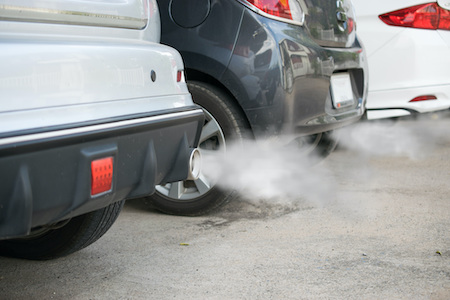 Slowly, the process of using gasoline to run vehicles has been changed to be less toxic for the environment. We’ve moved from regular gasoline to unleaded, making it cleaner. Technology has provided ways for better engine management. Direct injection and modern combustion chambers have made the process smoother. Still, additional controls were added to improve the process.
Slowly, the process of using gasoline to run vehicles has been changed to be less toxic for the environment. We’ve moved from regular gasoline to unleaded, making it cleaner. Technology has provided ways for better engine management. Direct injection and modern combustion chambers have made the process smoother. Still, additional controls were added to improve the process.
Air injection – a system that injects oxygen into the exhaust system to help burn unburned hydrocarbons.
Exhaust gas recirculation – a process that reroutes a certain amount of exhaust gas back into the intake tract. It reduces the formation of nitrogen oxide.
Catalytic converter – it’s a component placed in the exhaust system that reduces hydrocarbons, carbon monoxide, and nitrogen oxide by converting them into less harmful gases.
How do I know my car’s emissions?
Every vehicle manufactured today produces a certain amount of emissions. According to the EPA, the typical passenger vehicle emits about 4.6 metric tons of carbon dioxide per year.
Of course, that changes based on many different things. Like how you drive your vehicle. Or even the make and model you’ve purchased. Your owner’s manual can give you more information.
As your car ages, many different things start to happen with age and wear. Until eventually, your car stops performing the way it was designed, and that’s when problems can occur with your emissions system.
When your vehicle starts producing pollutants, you might not see it or smell it the way you could with older cars. This is because the catalytic converter is doing its job, and technology is backing it up with air-fuel mixtures.
However, there are still ways you can tell your emissions system is failing.
Engine problems – Cars today are designed not to have a smell. If you start noticing smelly or visible exhaust fumes, it’s a sign something is wrong. Typically, you’ll find if the engine is burning oil, it can be from worn out piston rings, faulty valve stem seals, issues with the positive crankcase ventilation (PVC) system, or other parts that are simply worn out.
Coolant in the exhaust – In some cases, you’ll notice a sticky substance dripping from your tailpipe. It may be engine coolant. When coolant leaks into the combustion chamber, it can contaminate engine oil. This can show either has a coolant leak, or convert to a white/gray exhaust smoke.
Failing catalytic converter – This is one of the easiest problems to diagnose. Have you ever driven a car that smells like rotten eggs? If so, your car has a failed catalytic converter. The sulfur in gasoline is converted to hydrogen sulfide during the combustion process. From there, the catalytic converter changes it to sulfur dioxide, which has no odor at all. When the catalytic converter fails, it stops this process, causing the rotten egg smell to flow directly to the exhaust.
Poor engine performance – When all systems aren’t working optimally, you’ll usually find your check engine light illuminates on the dashboard. This can be a sign of many things, which is why it’s important to bring your car in right away. If you notice your exhaust smells like fuel, it’s a sign that the air-fuel mixture isn’t occurring at optimal levels. You might also notice black smoke coming from the tailpipe, which is a condition of rich fuel.
What can you do to reduce the chances of emissions problems and be proactive in keeping your car running smoothly?
Watch for your check engine light – Every light that illuminates on your dashboard is telling you your vehicle isn’t working at optimal level. Take it as a warning sign to get your car into the shop as soon as possible. With a simple check, you can find the problem, and fix it quickly.
Perform regular maintenance – Change your oil at regular intervals. Especially right now, where your car may have been sitting for awhile, it’s important to change it regularly based on miles driven and months between replacement. You should also be aware of fixing things like filters, hoses, and other components based on manufacturer’s suggested timeframes.
Pay attention to how you put the gas cap on – When you place the gas cap back onto your vehicle, it should have a tight fit. If it starts wearing out, you notice cracks in the rubber seal, or it’s just not fitting as tightly as it once did, it’s time for replacement.
Watch for warning signs – Your car is designed to get you from point A to point B. But it can only do so if it’s running at its best. It’ll give you great service if you pay attention to how it operates. Listen for noises, notice new odors, and pay attention to the way it drives. Anything out of the ordinary should be watched closely. And if it continues, it’s time to bring your car in for a check up.
It’s the best way to catch repairs early, and ensure they don’t turn into bigger problems down the road.

 The automatic transmission is by far the most popular on new car models today. But the manual transmission is simpler to understand, and you’ll still find it a popular choice in sports cars or off-road vehicles that want more control over how they shift and drive.
The automatic transmission is by far the most popular on new car models today. But the manual transmission is simpler to understand, and you’ll still find it a popular choice in sports cars or off-road vehicles that want more control over how they shift and drive.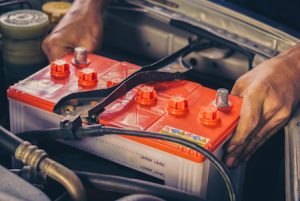 Batteries are a huge part of modern life. Think of how many battery chargers you own.
Batteries are a huge part of modern life. Think of how many battery chargers you own.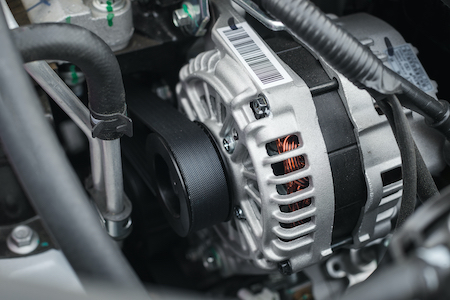 Inside is a voltage regulator that monitors the battery charge. As the battery runs low, the alternator supplies a power source to ensure it stays running. Without the two working together, your car wouldn’t run.
Inside is a voltage regulator that monitors the battery charge. As the battery runs low, the alternator supplies a power source to ensure it stays running. Without the two working together, your car wouldn’t run.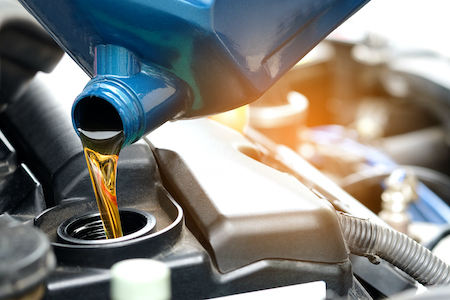 Without the proper motor oil inside your vehicle, it’ll quickly wear down various parts.
Without the proper motor oil inside your vehicle, it’ll quickly wear down various parts. Question: My water pump went out and it costs much more to replace than the ones I’ve replaced in the past. My technician said it’s because of where it’s located. Why is that?
Question: My water pump went out and it costs much more to replace than the ones I’ve replaced in the past. My technician said it’s because of where it’s located. Why is that?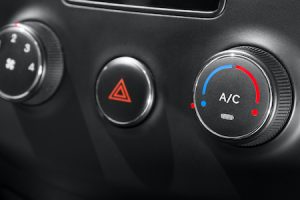 The cooling system consists of a compressor, condenser, and evaporator.
The cooling system consists of a compressor, condenser, and evaporator. 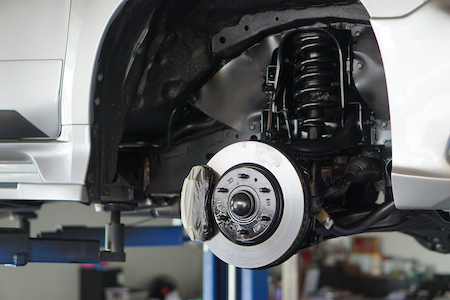 Imagine heading out on the open road, and pushing the pedal to the floor to reach 60, 70 miles per hour and more. What gives you control is your suspension system. What makes it a comfortable ride at every speed is your suspension system. Without it, you’d quickly spin out of control.
Imagine heading out on the open road, and pushing the pedal to the floor to reach 60, 70 miles per hour and more. What gives you control is your suspension system. What makes it a comfortable ride at every speed is your suspension system. Without it, you’d quickly spin out of control. That makes motor oil pretty important, right?
That makes motor oil pretty important, right?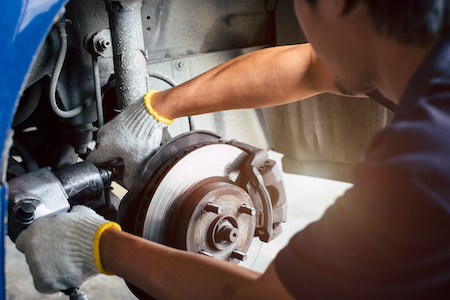 All of your vehicle’s systems offer various warning signs, including faulty shock absorbers. As you’re driving, you may notice any one of these items:
All of your vehicle’s systems offer various warning signs, including faulty shock absorbers. As you’re driving, you may notice any one of these items: